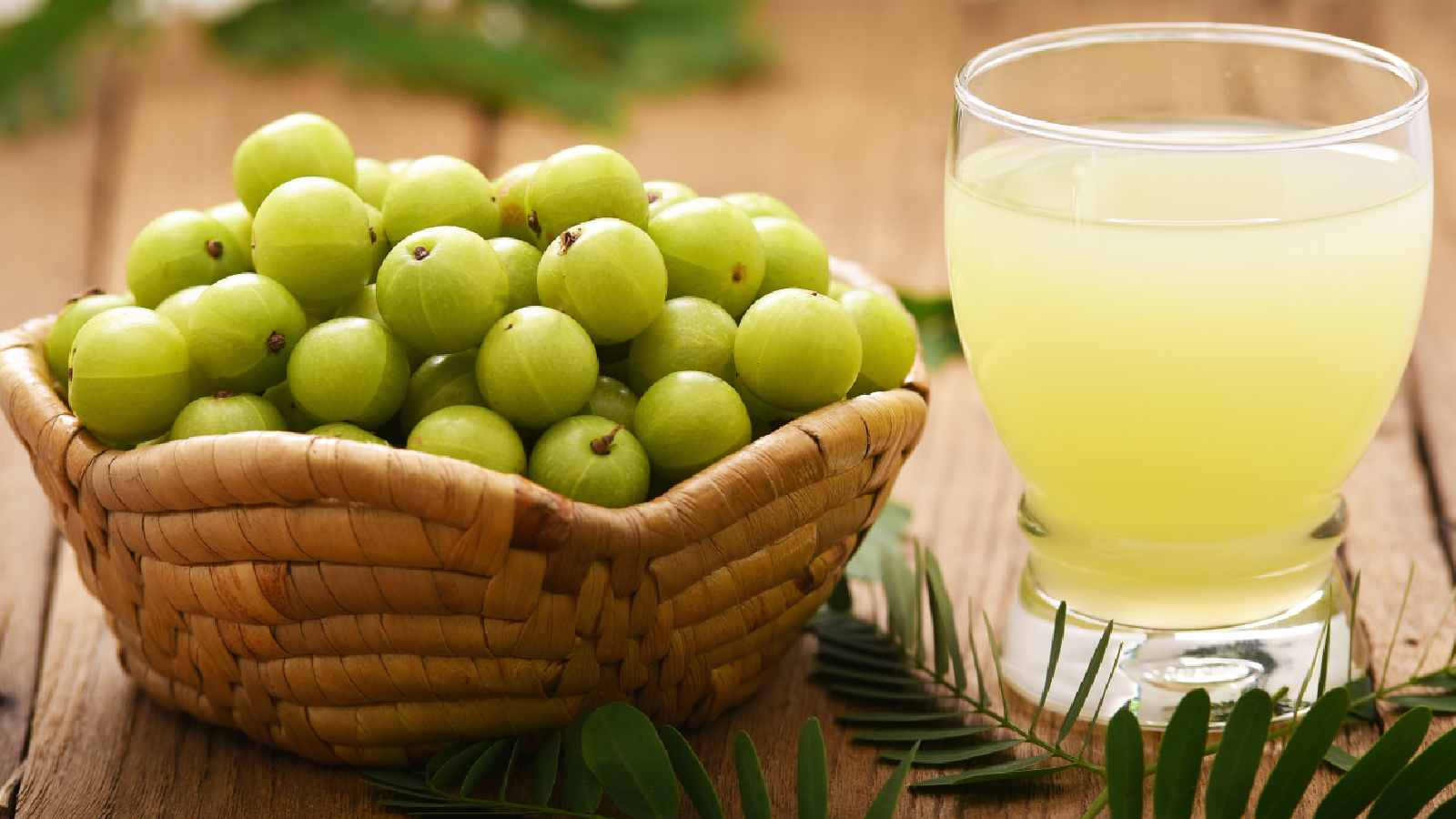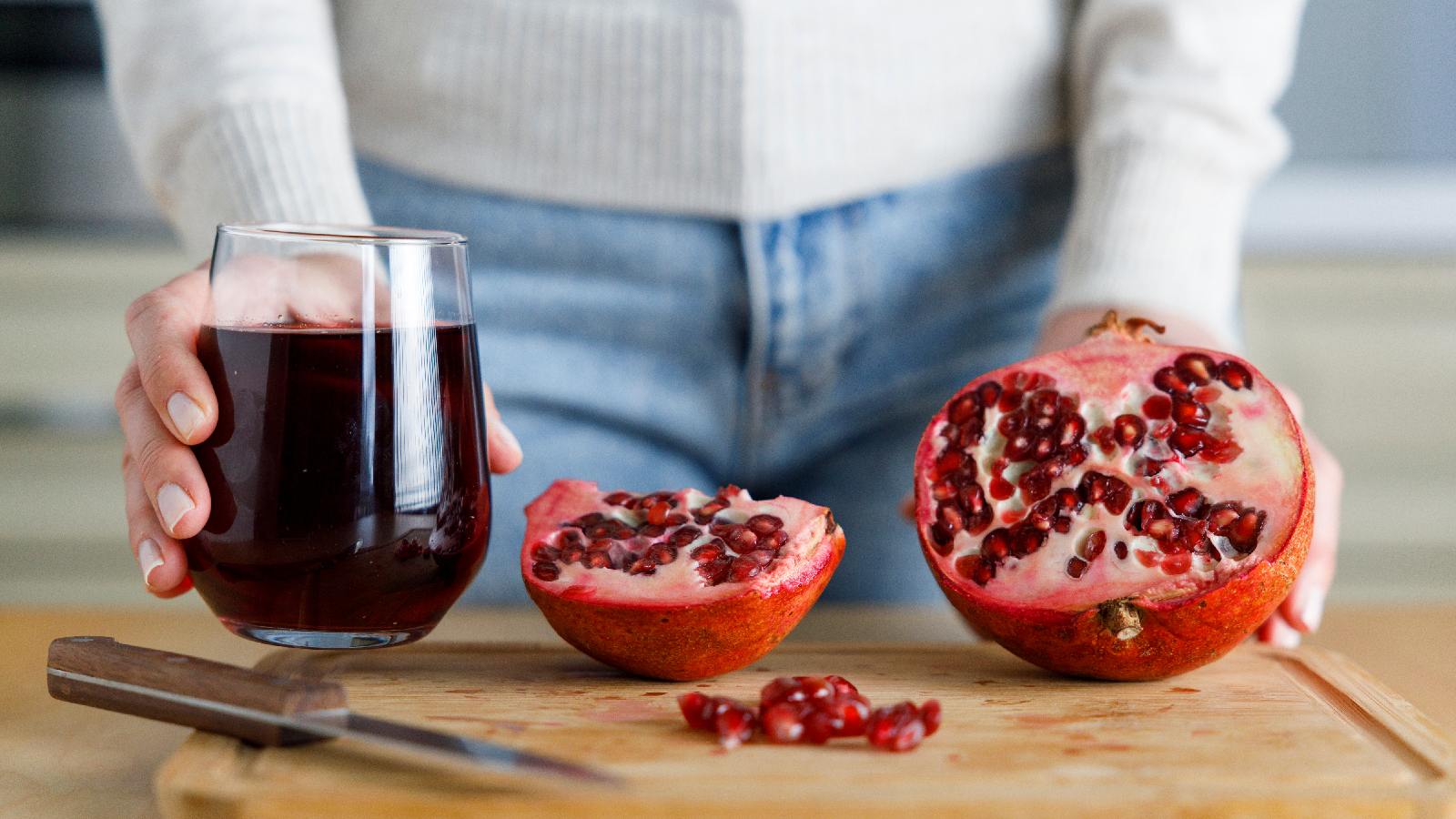
The level of haemoglobin, a protein in the red blood cells that carries oxygen in the body and gives blood its red colour, should be between 12.0 and 15.5 grams per deciliter. If it gets lower than 12 g/dL, the amount of oxygen that can be carried throughout your body will get reduced. This can lead to fatigue, shortness of breath, pain in the chest, and pale skin. To prevent these symptoms, make sure to have iron-rich foods. Iron is the mineral used by the body to make haemoglobin. While there are supplements to make up for your iron deficiency, you can also look out for the right ingredients in your kitchen! You can use seasonal fruits and vegetables to make drinks to increase haemoglobin levels.
India’s culinary tradition boasts a plethora of nutritious and flavourful beverages that are not just delicious but also contribute to maintaining a healthy body, including haemoglobin levels. Here are some traditional Indian drinks to increase haemoglobin, according to nutritionist Avni Kaul.

Indian gooseberry is a powerhouse of vitamin C. Daily consumption of amla juice not only enhances immunity but also helps in iron absorption, thereby assisting the formation of haemoglobin. A study, published in International Journal of Research Publication and Reviews, showed that when Indian Gooseberry juice was supplemented with elemental iron, it was found to be very effective in increasing haemoglobin levels. Its tangy flavour adds a refreshing twist to this healthy drink.
Hailing from North India, beetroot kanji is a fermented beverage formed by infusing mustard seeds and beetroots. Beetroot contributes iron to the mix, while the fermentation method can enhance the availability of nutrients. During a study, published in Open Access Macedonian Journal of Medical Sciences, anemic adolescent girls were given beetroot juice for 2 weeks. Researchers found that there was an increase in their haemoglobin levels from 11.47 g/dl to 12.02 g/dl. This traditional drink provides a unique flavour profile and nutritional boost.
Also read: 6 natural ways to increase haemoglobin levels in your blood
Sugarcane juice, a popular Indian street beverage, is not only a sweet indulgence but also a good source of iron and other essential minerals. Its natural sweetness makes it a delightful way to boost the iron intake, making it a refreshing and nutritious choice.

Pomegranate juice is one of the drinks to increase haemoglobin levels. It is both tasty and nutrient-dense. This fruit is high in iron and vitamin C, a dynamic combination that supports haemoglobin production and absorption. The vibrant red hue of this juice mirrors its robust nutritional content. A study, published in Experimental And Therapeutic Medicine, showed that consumption of pomegranate juice led to a significant increase in red blood cell count and haemoglobin levels.
“Sattu, derived from roasted gram (chana), creates the base of this traditional Northern Indian drink. When blended with water, lemon juice and spices, it becomes sattu sherbet—a wholesome beverage rich in protein, iron, and several essential nutrients. Its unique taste and nutritional profile make it a good choice for promoting overall health,” shares the expert. That’s why it is one of the drinks to increase haemoglobin levels.
These traditional Indian drinks not only showcase the diversity of flavours in Indian cuisine but also show a cultural emphasis on incorporating nutrition into everyday beverages. As part of a well-balanced diet, these drinks could play a role in supporting healthy haemoglobin levels, contributing to overall well-being. However, before taking these drinks to increase haemoglobin levels, consult with your health expert for any dietary guidance, particularly for those with specific health issues.
For increasing haemoglobin levels, pomegranate is one of the best fruits. It is loaded with iron and vitamin C, which enhances iron absorption, which is needed to boost haemoglobin levels.
The best way to increase haemoglobin levels is by eating foods rich in iron. It is a key nutrient for haemoglobin production, so eat lean meats, fish, legumes and leafy greens like spinach and kale.
It is better to visit a clinic or hospital to check your haemoglobin levels. But if you want to do it at home, use a home haemoglobin test kit. It involves a finger prick, collection of blood, and comparing the colour of the sample to a colour card.
Sufficient water intake may help to alleviate anemia by increasing haemoglobin levels. But you also need to eat foods like leafy greens, poultry and fish, as they are rich in iron, a key nutrient in the production of haemoglobin.
Get latest updates on health and wellness along with Healthy Eating, Nutrition, Recipes, Superfoods
Disclaimer: At Health Shots, we are committed to providing accurate, reliable, and authentic information to support your health and well-being. However, the content on this website is intended solely for informational purposes and should not be considered a substitute for professional medical advice, diagnosis, or treatment. Always consult a qualified healthcare provider for personalised advice regarding your specific medical condition or concerns.